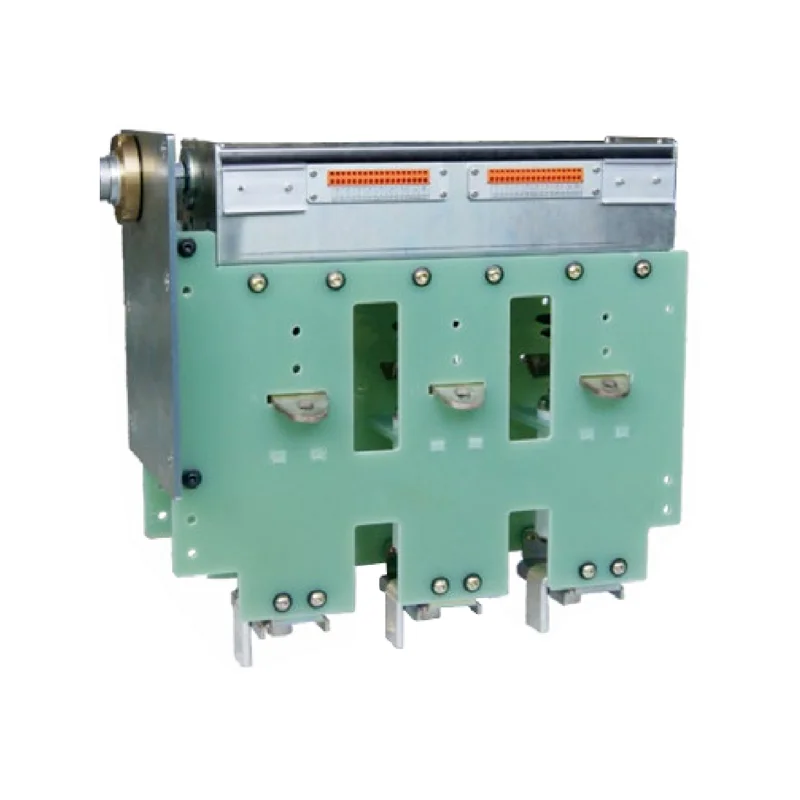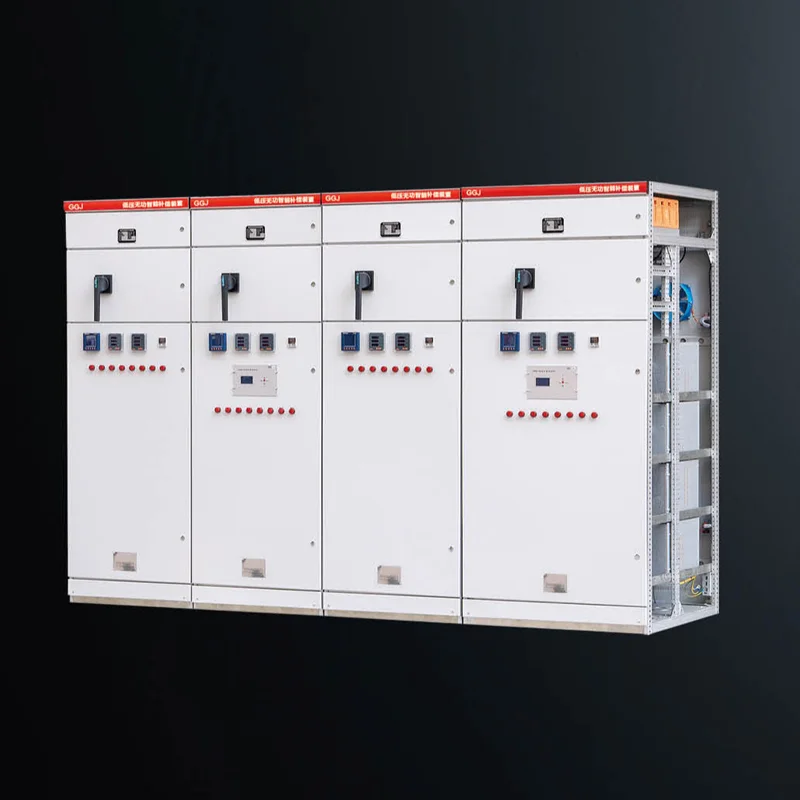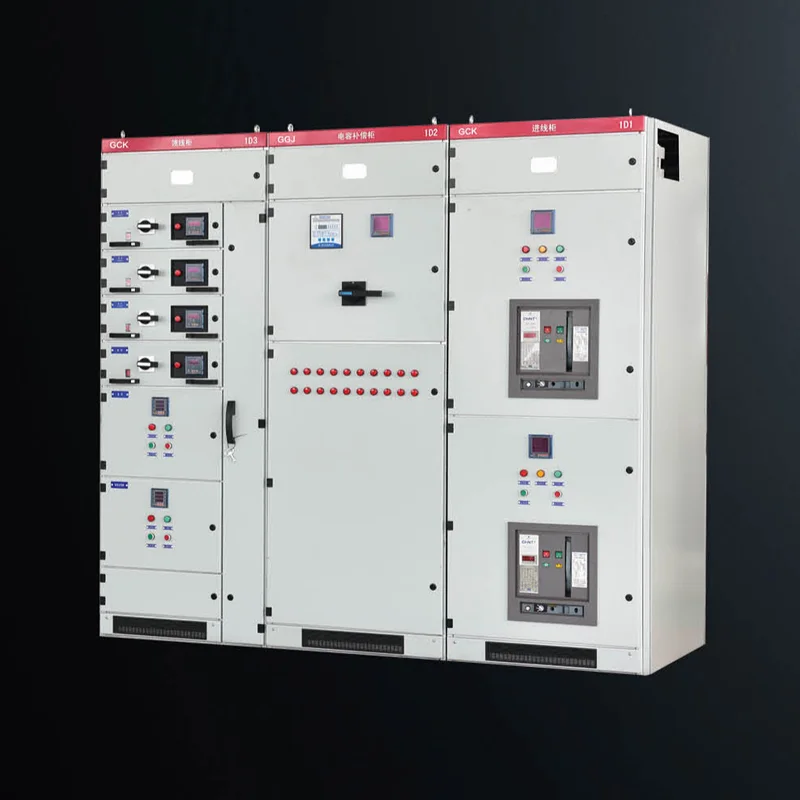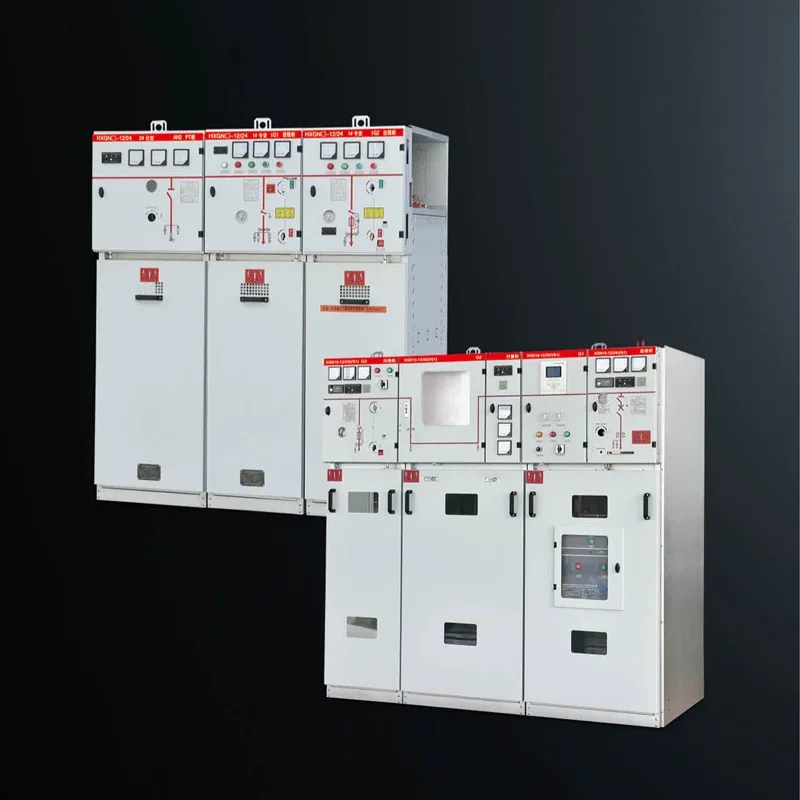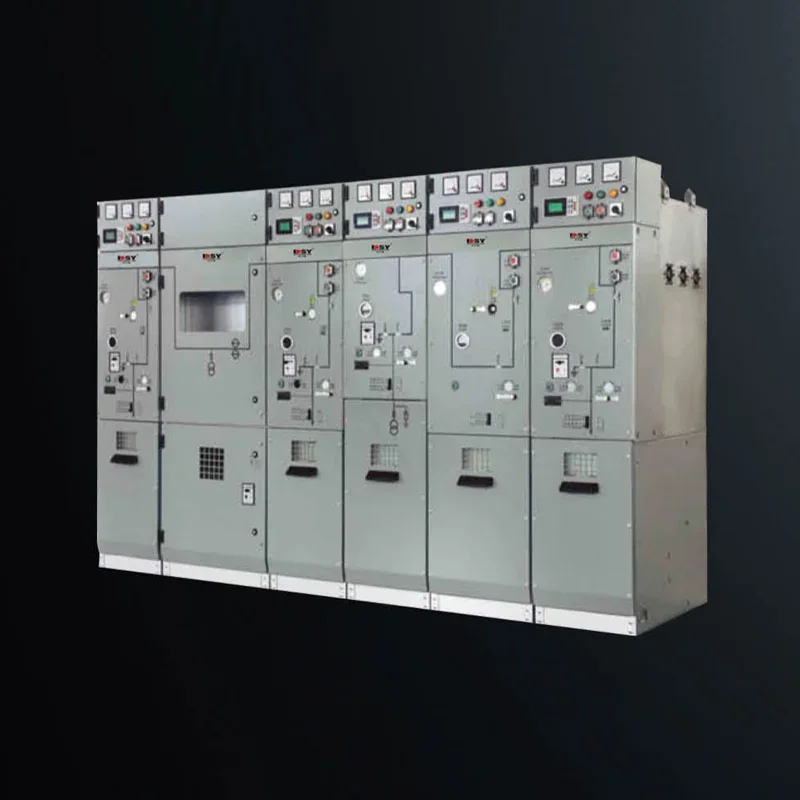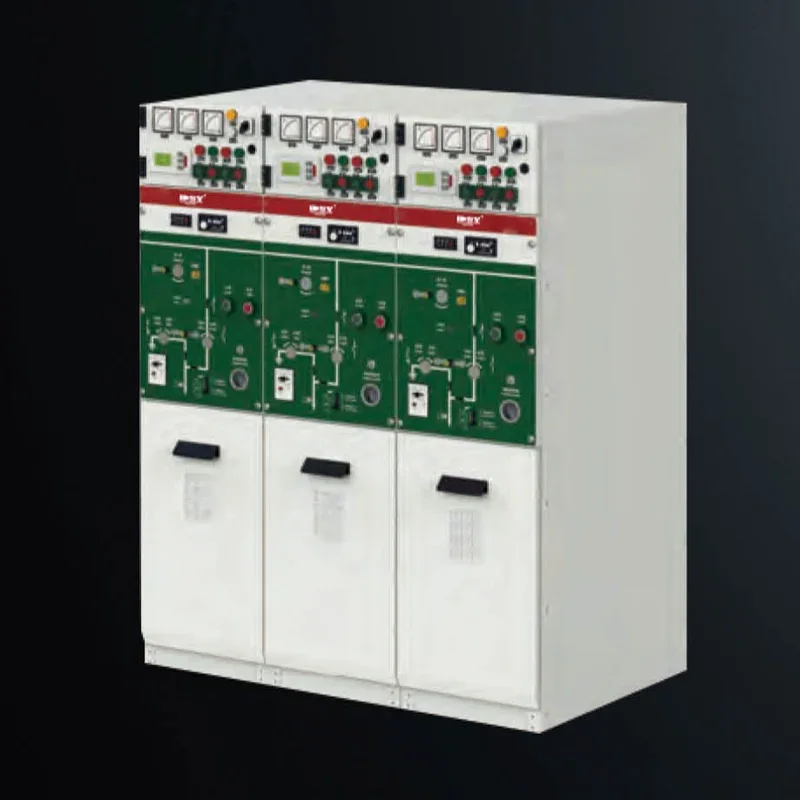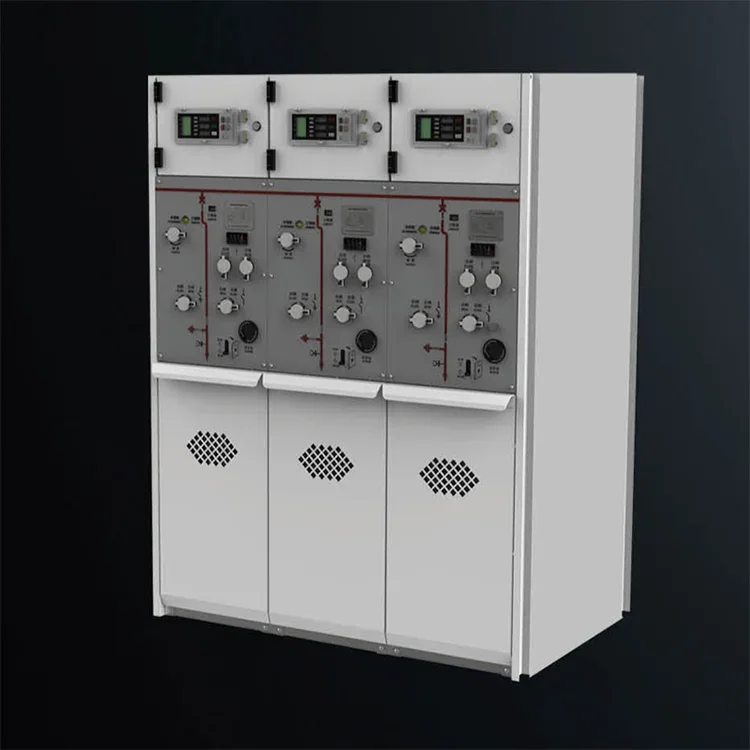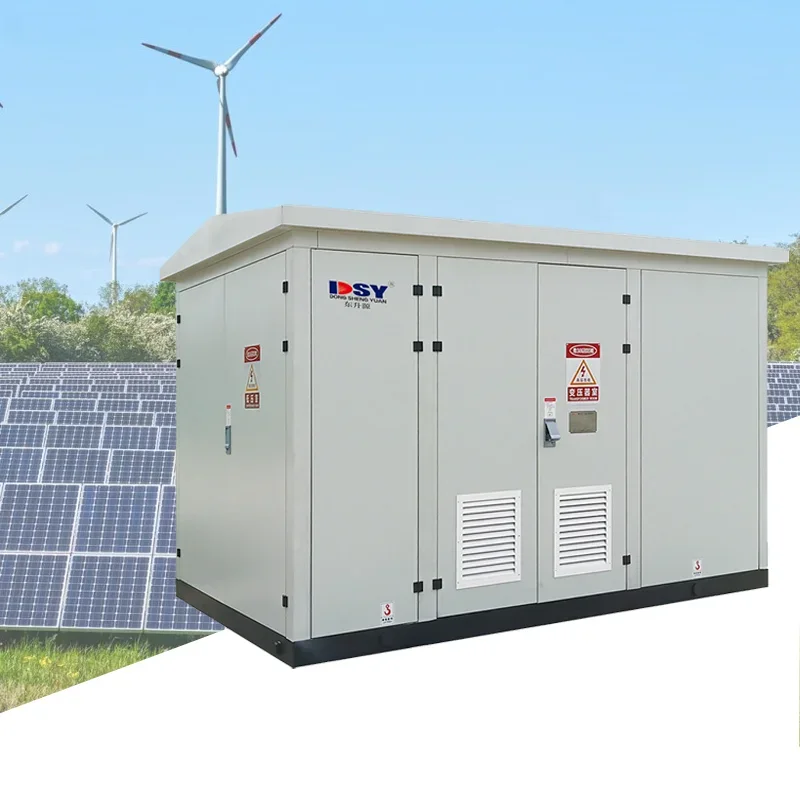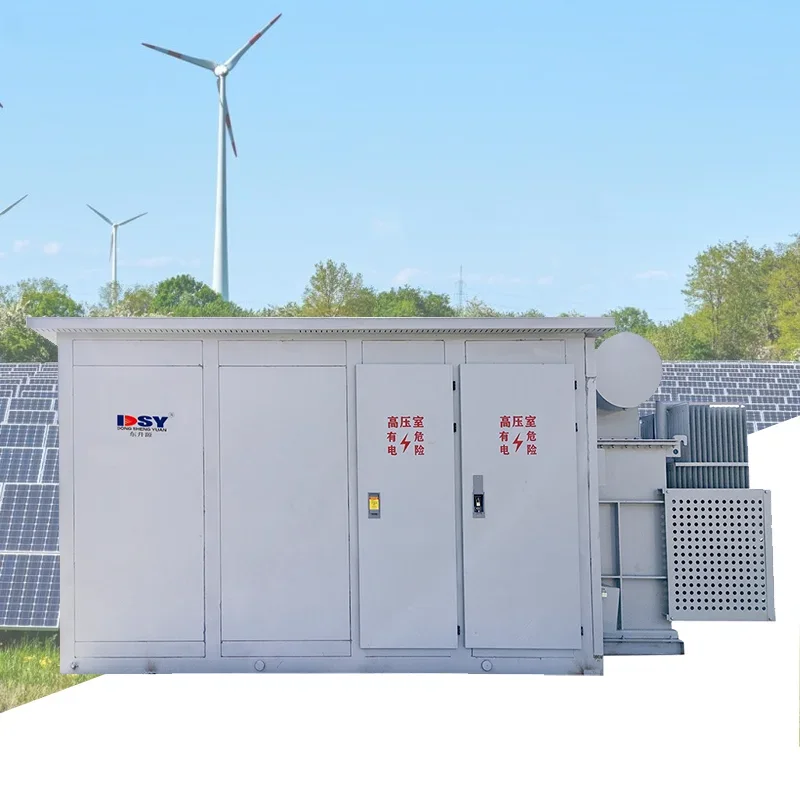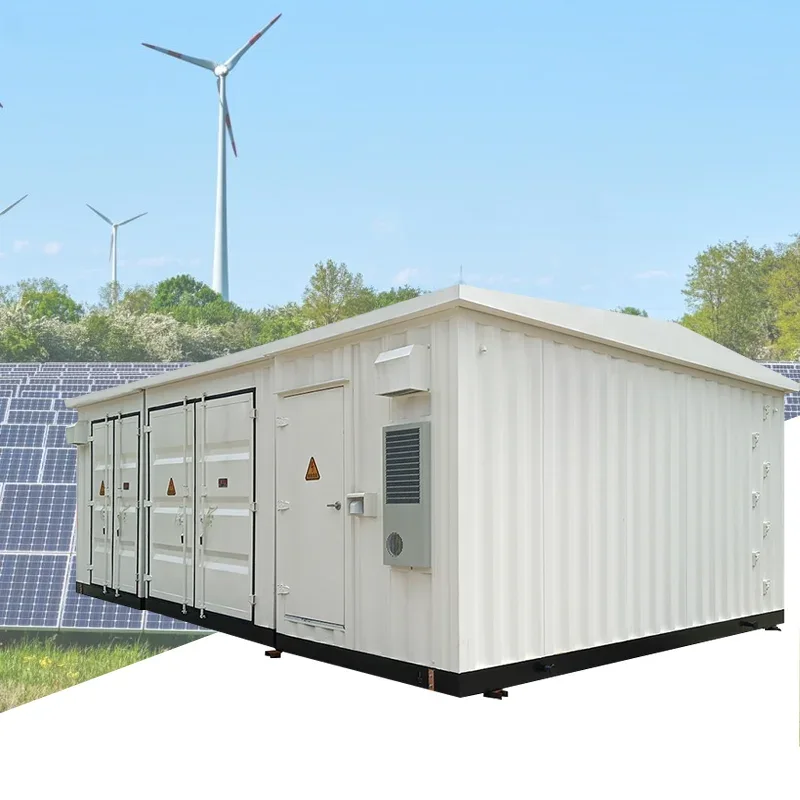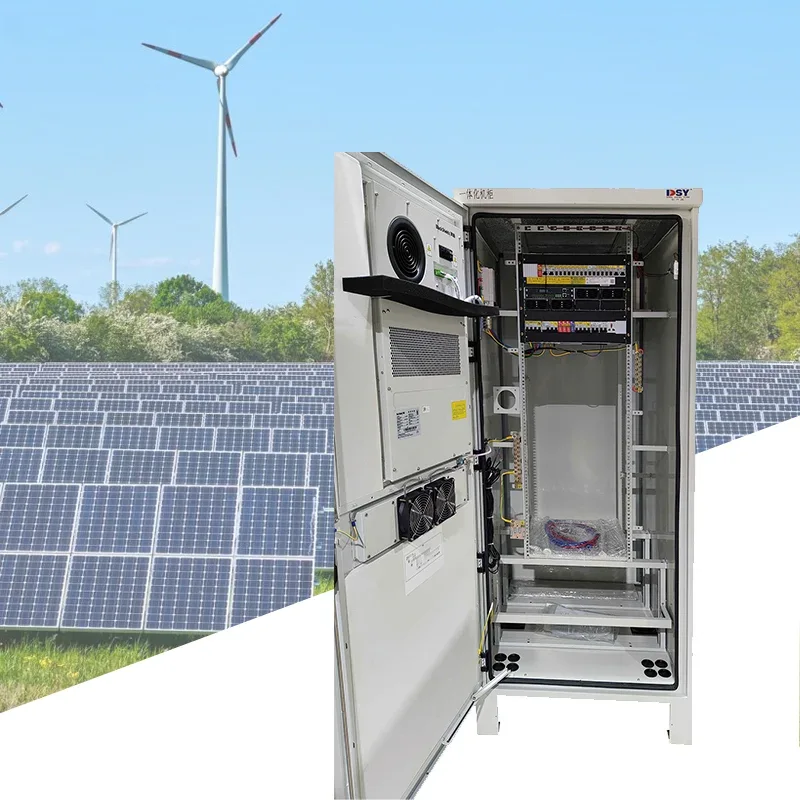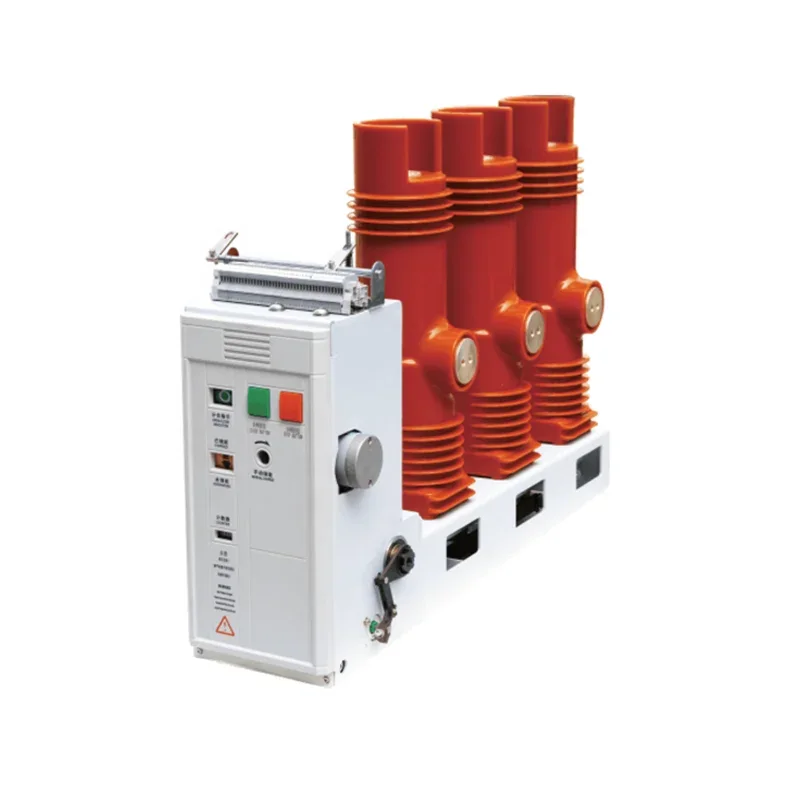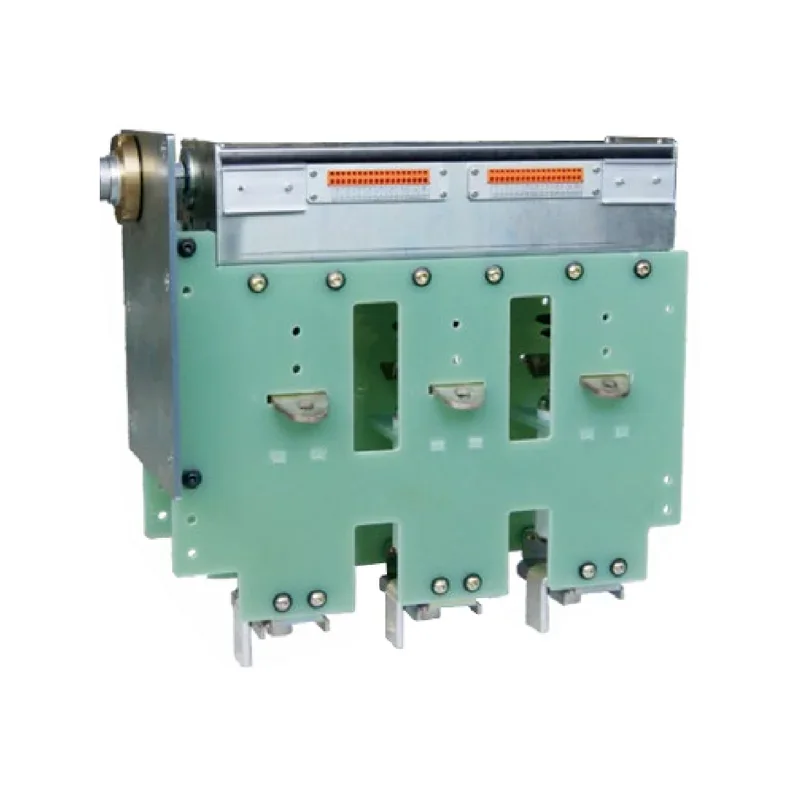Top 10 Features to Look for in Modern Distribution Equipment
Top 10 Features to Look for in Modern Distribution Equipment In an ever-evolving electrical industry, selecting the right distribution equipment is crucial for safety, efficiency, and long-term performance. As technology advances, modern distribution equipment has become more sophisticated, featuring innovations that enhance reliability and ease of use. In this article, we delve into the **top 10
Jun 20,2025
Top 10 Features to Look for in Modern Distribution Equipment
In an ever-evolving electrical industry, selecting the right distribution equipment is crucial for safety, efficiency, and long-term performance. As technology advances, modern distribution equipment has become more sophisticated, featuring innovations that enhance reliability and ease of use. In this article, we delve into the **top 10 features** you should prioritize when selecting **modern distribution equipment**.
1. Enhanced Safety Features
Safety is paramount in electrical distribution systems. Modern distribution equipment should incorporate advanced safety features to protect both the equipment and personnel. Look for enhanced safety mechanisms such as:
- **Circuit Breakers**: Modern equipment should include reliable circuit breakers that prevent overloads and short circuits.
- **Ground Fault Protection**: This feature minimizes the risk of electric shocks by detecting ground faults and shutting off power immediately.
- **Arc Flash Protection**: Advanced equipment offers arc flash protection to reduce the risk of dangerous electrical arcs, ensuring safer working environments.
1.1 Importance of Safety Standards
Ensure that the equipment meets or exceeds international safety standards, such as IEC or ANSI. Compliance with these standards guarantees that the equipment has undergone rigorous testing and provides a dependable level of safety.
2. Energy Efficiency
In today's eco-conscious landscape, energy efficiency is a critical consideration. Modern distribution equipment should minimize energy waste through features like:
- **Smart Metering**: Allows for real-time energy consumption monitoring, helping to identify areas for improvement.
- **Variable Frequency Drives (VFDs)**: These devices control motor speeds, reducing energy consumption and enhancing system efficiency.
2.1 Impact on Operating Costs
Investing in energy-efficient equipment not only benefits the environment but also significantly reduces operating costs in the long run. By lowering energy consumption, businesses can see considerable annual savings.
3. Scalability and Flexibility
As businesses grow, their electrical needs often change. Selecting distribution equipment that is scalable ensures it can accommodate future expansions. Key features include:
- **Modular Designs**: Equipment designed in modules allows for easy upgrades and expansions as demands increase.
- **Flexible Configurations**: Look for equipment that can be easily reconfigured to meet new requirements without needing a complete overhaul.
3.1 Future-Proofing Your Investment
Investing in scalable solutions safeguards against obsolescence. By choosing equipment that can adapt to growth, you ensure longevity and relevance in your distribution systems.
4. Advanced Monitoring and Diagnostics
Modern distribution equipment should feature advanced monitoring and diagnostics capabilities. This aids in proactive maintenance and quick troubleshooting, including:
- **Remote Monitoring**: Enables users to track performance and diagnose issues from anywhere, enhancing responsiveness.
- **Predictive Analytics**: Using data analytics to predict potential failures before they happen, allowing for timely interventions.
4.1 Benefits of Real-Time Data
Real-time data helps to inform operational decisions, making it easier to optimize performance and minimize downtime. This proactive approach can lead to significant cost savings and improved operational efficiency.
5. Compact Design
Space constraints are common in many facilities, making a **compact design** an essential feature. Modern distribution equipment often features:
- **Space-Saving Configurations**: Innovative design reduces the footprint without compromising functionality.
- **Integrated Components**: Combining several functions into one unit minimizes the need for multiple devices and saves valuable space.
5.1 Maximizing Utility Space
A compact design allows businesses to maximize utility space. This enables more efficient layout planning and can enhance overall facility functionality.
6. Durability and Reliability
Harsh environmental conditions can take a toll on distribution equipment. Therefore, selecting equipment built for durability is critical. Look for:
- **Robust Materials**: Equipment constructed from high-quality materials that withstand extreme temperatures, moisture, and dust.
- **Long Service Life**: Reliable equipment should have a long operational lifespan, minimizing the need for frequent replacements.
6.1 Importance of Quality Assurance
Prioritize manufacturers who provide guarantees or warranties, indicating confidence in their products. This assurance can save time and money in the long run.
7. User-Friendly Interfaces
Modern distribution equipment should be accessible to users with varying levels of expertise. Key aspects include:
- **Intuitive Controls**: Easy-to-navigate interfaces that simplify operation and reduce the learning curve for new users.
- **Comprehensive Documentation**: Detailed manuals and online resources to support users in understanding and troubleshooting the equipment.
7.1 Enhancing Operator Efficiency
A user-friendly interface increases operator efficiency, allowing them to focus on other critical tasks while minimizing errors in operation.
8. Cost-Effectiveness
While initial costs are an important consideration, evaluating the overall cost-effectiveness of distribution equipment is essential. Consider:
- **Total Cost of Ownership (TCO)**: Analyze not only the purchase price but also operating and maintenance costs over the equipment's lifecycle.
- **Return on Investment (ROI)**: A well-chosen piece of equipment should deliver significant returns through energy savings, reduced downtime, and operational efficiency.
8.1 Budgeting for Long-Term Gains
Allocating a budget for quality equipment may yield better long-term financial results. Investing wisely upfront can lead to lower ongoing expenses and higher productivity.
9. Integration with Smart Technologies
As smart technology becomes more prevalent in electrical systems, ensuring that your distribution equipment can integrate seamlessly with these innovations is crucial. Features to look for:
- **IoT Compatibility**: The ability to connect with Internet of Things (IoT) devices for streamlined operations and enhanced monitoring.
- **Automation Capabilities**: Equipment that offers automation features can improve efficiency by reducing manual input and oversight.
9.1 The Future of Smart Distribution Systems
Integration with smart technologies paves the way for more sophisticated electrical systems, making operations more efficient and responsive to changing demands.
10. Environmental Sustainability
Modern distribution equipment should align with sustainability goals. Look for:
- **Eco-Friendly Materials**: Equipment manufactured with sustainable practices and materials that minimize environmental impact.
- **End-of-Life Considerations**: Equipment that promotes recyclability and responsible disposal at the end of its lifecycle.
10.1 Corporate Responsibility
Adopting sustainable practices not only benefits the environment but also enhances a company's reputation. Consumers are increasingly prioritizing businesses that demonstrate environmental responsibility.
Conclusion
Choosing the right modern distribution equipment is a vital decision that impacts safety, efficiency, and operational costs. By focusing on these **top 10 features**, you can make informed choices that will benefit your organization for years to come. From enhanced safety features and energy efficiency to scalability and smart technology integration, understanding these characteristics allows you to select equipment that meets current and future demands. As the electrical landscape continues to evolve, staying informed and proactive in your equipment choices ensures you remain competitive and compliant in a rapidly changing industry.
FAQs
1. What safety features should I prioritize in distribution equipment?
Look for circuit breakers, ground fault protection, and arc flash protection to ensure safety in your electrical systems.
2. How does energy efficiency impact operational costs?
Investing in energy-efficient equipment reduces energy consumption, leading to lower operating costs and significant savings over time.
3. Why is scalability important in distribution equipment?
Scalable equipment allows for easy upgrades and modifications as your business grows and electrical demands change.
4. What role does monitoring play in modern distribution equipment?
Advanced monitoring and diagnostics allow for proactive maintenance, helping to identify issues before they become critical.
5. How can I ensure the durability of my distribution equipment?
Select equipment made from high-quality, robust materials designed to withstand harsh environmental conditions for a longer service life.
PREVIOUS:
Related News
The difference between circuit breakers and vacuum circuit breakers
Circuit breaker is an abbreviation for pole type circuit breaker. Circuit breakers are also vacuum circuit breakers
Voltage regulators are required for various places that require voltage control, such as controlling lighting

